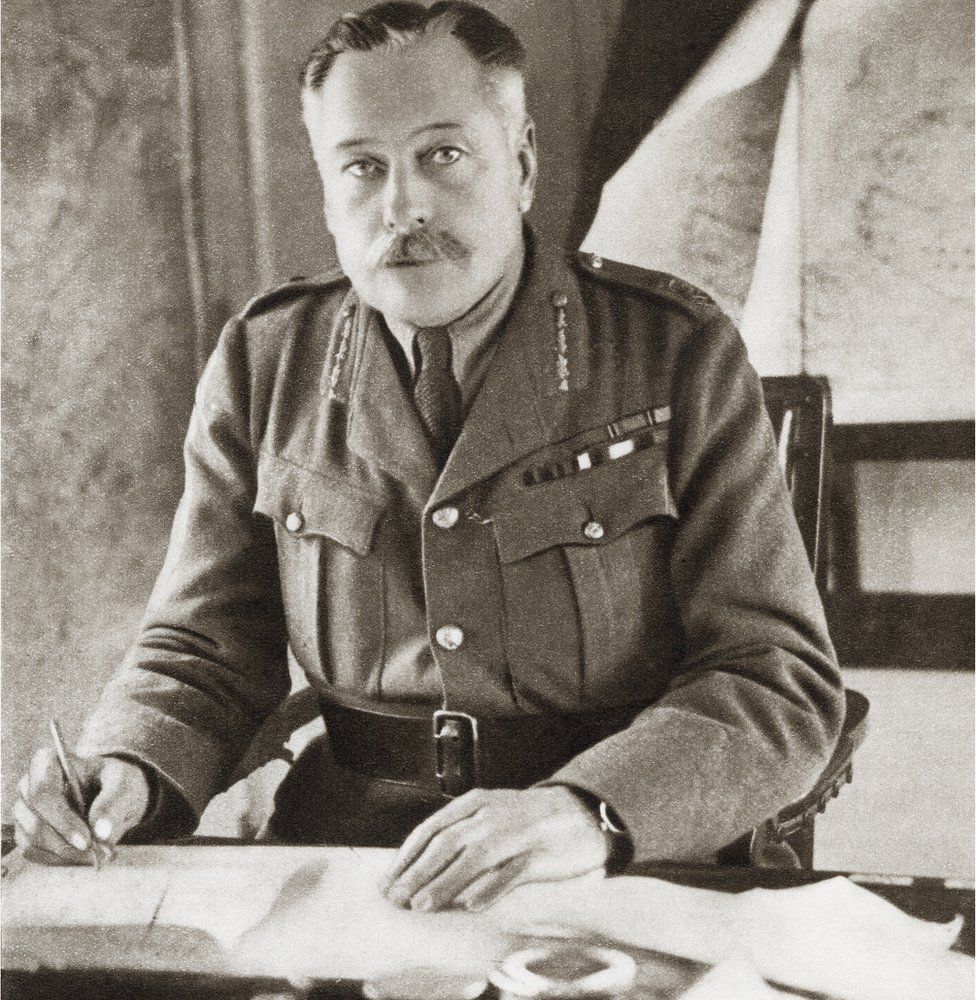On November 18, 1916, Douglas Haig called an end to the Allied offensive Battle of the Somme after over four months of fighting. The final tally of dead and wounded mounted in excess of 1 million.
Bloody Beginnings
During the lead-up to the battle, the Allies had planned a combined offensive, led by French forces, on the Somme. Shortly before the battle, however, large contingents of the French army were diverted from the battle to aid in the Battle of Verdun, leaving the British to take up the lead role. The Somme offensive began on July 1 and led to the largest single day of casualties in the history of the British Army and the world.
Out of the three million men that fought in the battle, one million were either killed or wounded.
The Battle's End and Legacy
On November 18, 1916, Douglas Haig called off the battle. With the fighting done, the Allied forces found themselves 6 miles deeper into German territory, and while this was the largest gain since 1914, the battle's main objectives still went unfulfilled.
The cities of Péronne and Bapaume remained under German control, and 620,000 casualties on the Allied side only served to decrease morale. Despite this, many in the homeland held Haig in high regard, with King George V sending him a handwritten note along with a promotion to field marshal.
After Haig's death in 1928, however, his orders during the battle fell under harsher and harsher critique, with some granting him the nickname of "The Butcher of the Somme." To this day, the battle, and its leader, remain controversial. While historians continue to debate both whether the battle was necessary and the effect that it had on the course of the war.

